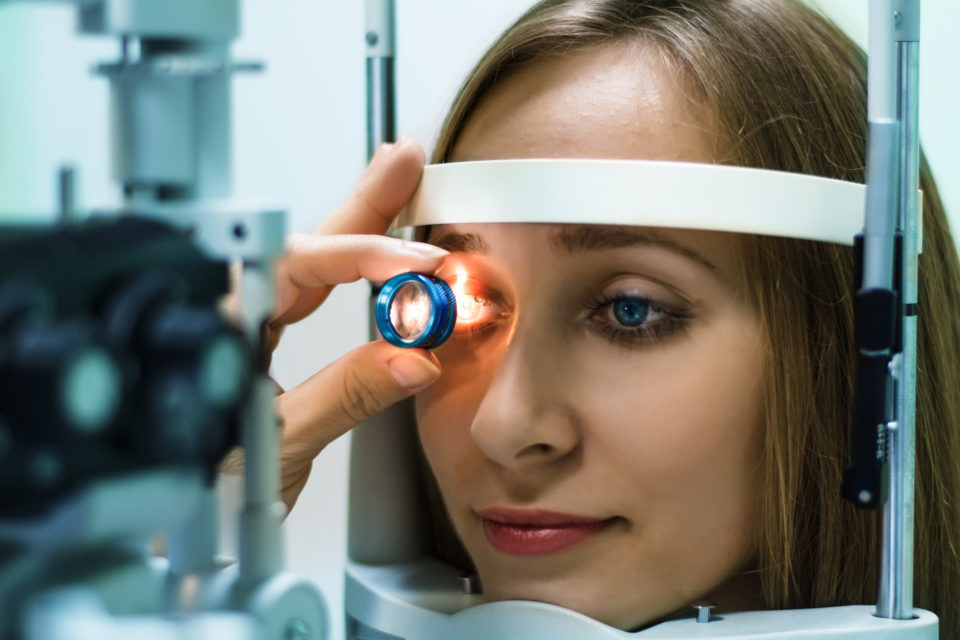
Intravitreal injection is the most common surgical ophthalmologic procedure worldwide, and in the United States, most intravitreal injections are performed on the same day as an office examination. However, federal agencies and insurance payers suggest that same-day examination charges (as noted with modifier-25) are overutilized. In a study, researchers found that modifier-25 same-day examinations during anti-vascular endothelial growth factor (VEGF) therapy for wet age-related macular degeneration (AMD) reduced treatment and travel costs and improved screening of the fellow eye, resulting in “robust cost savings and quality-adjusted life-years (QALY) benefit,” according to the authors. The results of the study were published as part of the American Society of Retina Specialists 2020 Virtual Annual Meeting.
Researchers modeled different anti-VEGF treatment scenarios for wet AMD. Treatment parameters for intravitreal injections, office examinations, and optical coherence tomography (OCT) testing payments were estimated using U.S. population statistics, published literature, and Centers for Medicare & Medicaid Services provider utilization data. Costs and benefits were compared for three established treatment scenarios: (1) continuous anti-VEGF therapy (10.1 injections; 1.9 office examinations per year), (2) office-based treat and extend (T&E) anti-VEGF therapy (5.8 injections; 5.8 same-day office visits per year), and (3) anti-VEGF therapy in an injection clinic (8.6 injections; 4.7 same-day office visits per year). They also assessed three types of costs: (1) direct cost of care (exams, testing, injections, drugs), (2) cost of patient and chaperone time, and (3) cost of lost vision in the fellow eye from delayed diagnosis and treatment.
Although office examinations and OCT costs were higher for T&E ($858) and injection clinic ($497) protocols versus continuous treatment ($280), the model predicted reduced yearly treatment costs for T&E ($6,858) and injection clinic ($10,131) compared with continuous treatment ($11,860). This was due to decreased pharmaceutical expenses related to less frequent treatment.
Travel and chaperone costs were reduced for T&E ($536) and injection clinic ($672) versus continuous treatment ($942). For the U.S. population, there was an estimated annual cost savings of $7.2 billion for the T&E protocol and $2.7 billion for the injection clinic compared with continuous therapy. Early detection of wet AMD in the fellow eye during same-day office examinations allowed for a 2.1 and 1.8 QALY benefit per patient in the T&E and injection clinic cohorts, respectively, compared with the continuous treatment arm, with a favorable $5,402 and $2,891 cost per QALY, respectively.
“We conclude that same-day examinations are a valuable component of anti-VEGF therapy in the treatment of wet AMD because they allow personalization of the treatment regimen, reduce travel burden, and save on treatment costs,” the researchers concluded.
Leder HA, Mason RWH, Lee GD, et al. Modifier-25 Examinations Reduce Travel Burden, Decrease Treatment Cost, and Improve QALY for Exudative Age-Related Macular Degeneration Patients. Presented during the ASRS 2020 Virtual Annual Meeting, July 24-26, 2020.







 © 2025 Mashup Media, LLC, a Formedics Property. All Rights Reserved.
© 2025 Mashup Media, LLC, a Formedics Property. All Rights Reserved.